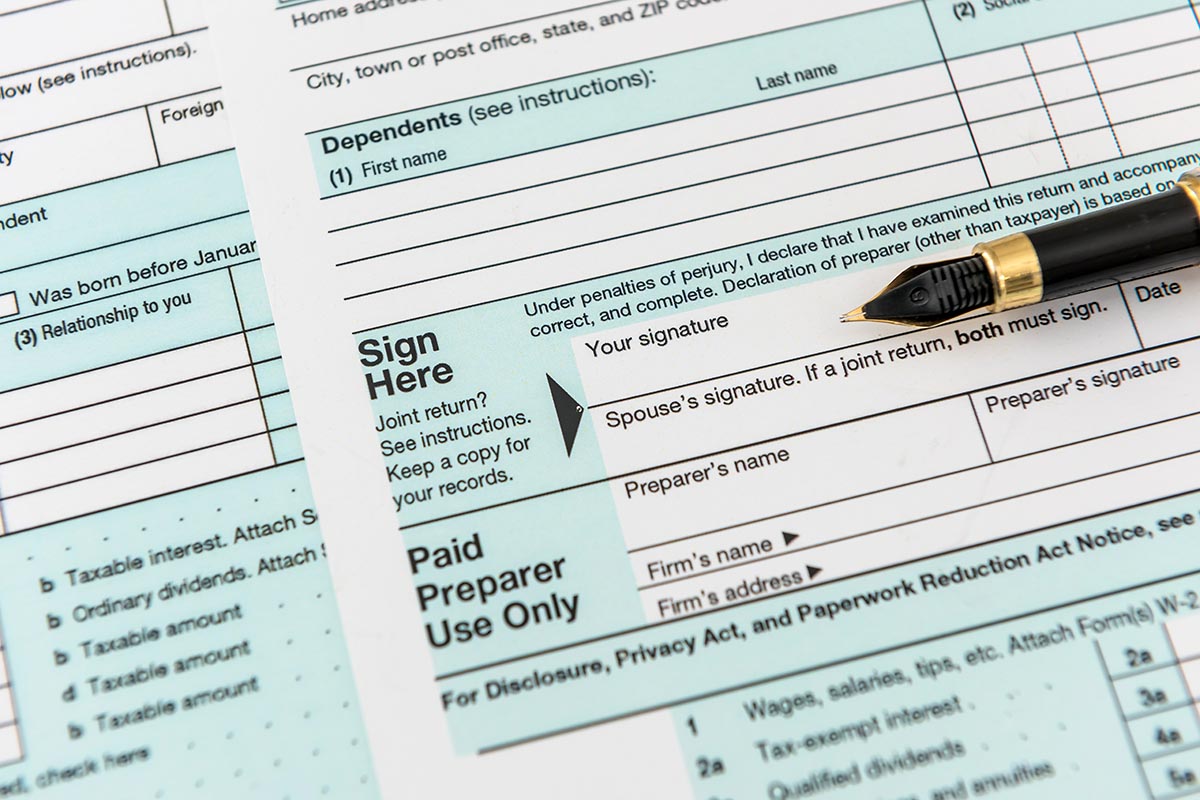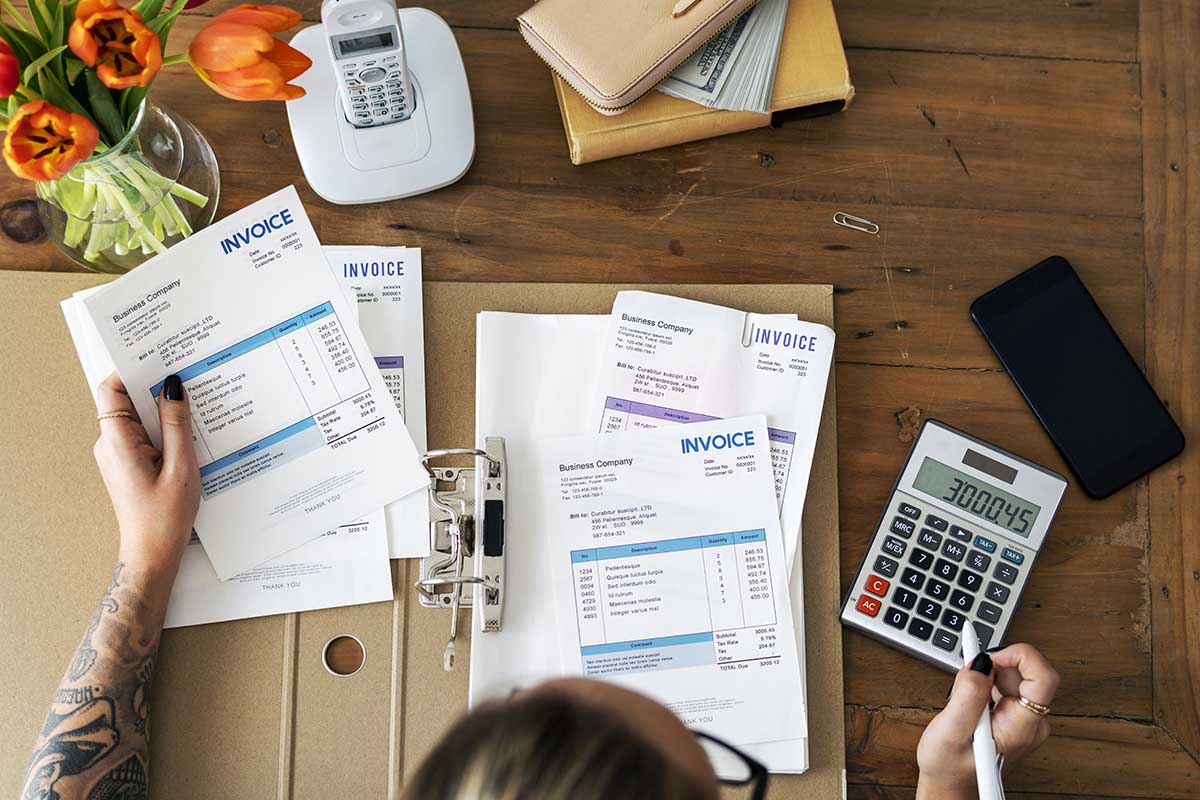How Can You Claim CIS Tax Refunds or Repayments?
The Construction Industry Scheme is a tax deduction plan that requires the contractor to deduct money from the subcontractor’s payment and pay the same to HMRC (HM Revenue and Customs). CIS does not apply to employee payments as they are covered under the PAYE system.
If you are an agent limited company or a limited company subcontractor and have paid too much National Insurance or tax, you can claim a CIS tax refund. If you have never applied for a CIS refund, see this guide to claim CIS refunds.
How Do You Determine If You Are Eligible for CIS Refund?
To claim a CIS refund, you need to show HMRC that you have overpaid CIS tax. The refund is issued because the expenses are related to your work, and you have personal allowances available.
You have to request repayment by filling the form CIS40 or CIS41. The contractor has to mention all details of profits earned through the Construction business and deductions for the HMRC to accept the repayment request. If the subcontractor’s income has stopped, he can make a repayment request.
Contractors have to complete a self-assessment of the CIS tax paid and their income which decreases after paying CIS tax. If you are confused about completing the self-assessment for the CIS tax return, see this guide to claiming CIS refunds. Here are few things you should know if you plan to apply for CIS refunds.
- The yearly deadline to apply for CIS repayment is 31st
- The self-assessment that is provided to support your CIS refund application should include all details of your preliminary work and subcontracted work along with business expenses. After receiving your application and related details, the HMRC will calculate your tax and National Insurance and see if you have overpaid.
- If HMRC finds you have overpaid during their evaluation, the CIS refund will be paid to you automatically.
What Records Are Needed for CIS Refunds?
Whether you are a self-employed subcontractor, a limited company, or a partnership firm, you need to have comprehensive and detailed records of your construction business transactions, including all statements and invoices.
- If you are a sub-contractor, you need to retain all payslips as they will contain details of how much tax you have paid under the CIS tax rule.
- If you are a contractor, you need to keep details of all payments made to the subcontractors.
How to Claim a CIS Refund?
There are two ways to claim a CIS refund -Claim Online or Claim by Post.
In the online Claim option, you need to register yourself on the HMRC website and submit your return and other business expenses details. If you want to Claim by Post, you need to write to HMRC regarding a CIS tax refund. The application should contain your full company name, PAYE details, and reasons for the overpayment.
You also need to send a completed R38 form if you want the CIS refund to be paid to your representative or agent. If you want the CIS tax refund in your bank account, you need to provide a bank account number, account holder’s name, and sort code.
To sum up, these are some of the ways and procedures to claim your CIS tax refunds. Since the whole refund process is complex, it is always good to hire a tax agent or accountant to assist you with a CIS tax refund.




















